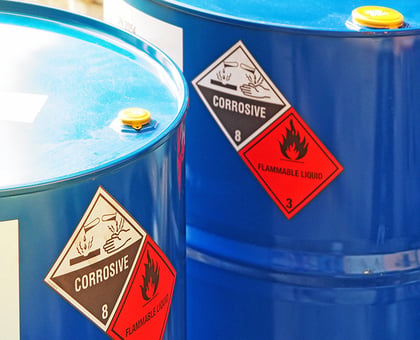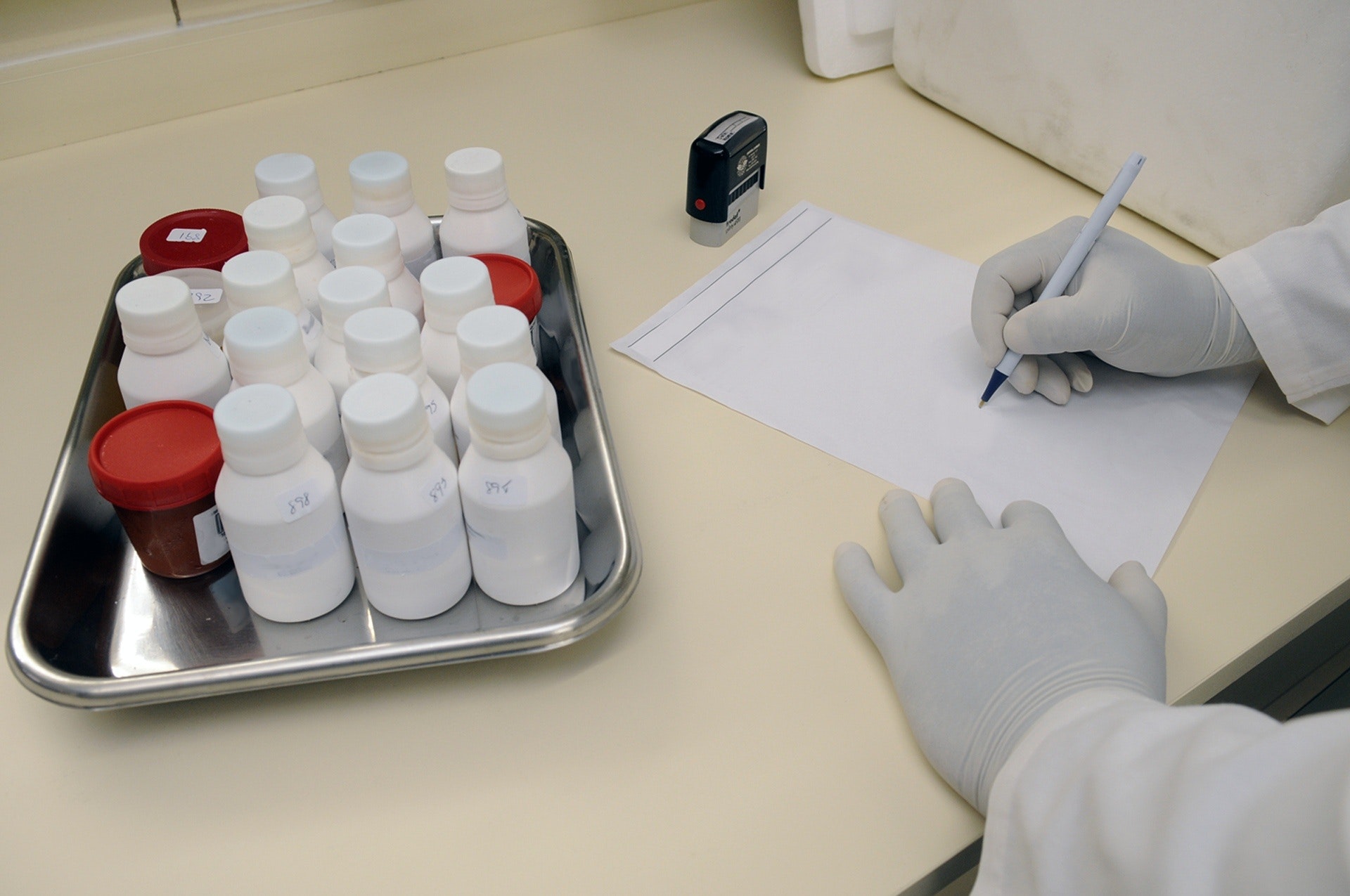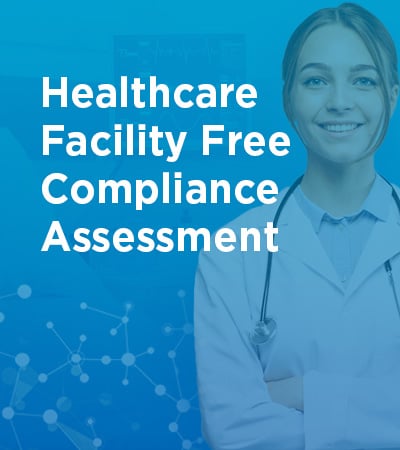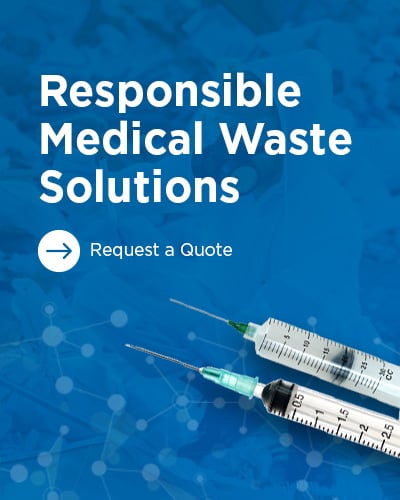In previous articles, we have identified the varying types of medical waste produced in dental offices and some ways of lowering the costs for the disposal of that waste. This article will address hazardous waste, hazardous waste disposal specifications, and the regulations surrounding hazardous waste generators.
Hazardous Waste Defined

Hazardous waste is defined as waste with “properties that make it dangerous, or capable of having a harmful effect on human health and the environment”.
Out of all the waste created by facilities, only about 15% is actually
considered hazardous, so proper waste classification is necessary to ensure a facility isn’t overpaying for its disposal.
Of course, not every hazardous waste generator produces the same volume of waste and is subject to the same level of regulations. Therefore, on the federal level, the EPA developed three categories of hazardous waste generators with varying standards:
- Very Small Quantity Generators (VSQGs) of Hazardous Waste
- Small Quantity Generators (SQGs) of Hazardous Waste
- Large Quantity Generators (LQGs) o Hazardous Waste
Very Small Quantity Generators (VSQGs)
Very Small Quantity Generators (VSQGs) generate 100 kilograms or less per month of hazardous waste or one kilogram or less per month of acutely hazardous waste. Requirements for VSQGs include:
- VSQGs must identify all the hazardous waste generated.
- VSQGs may not accumulate more than 1,000 kilograms of hazardous waste at any time.
- VSQGs must ensure that hazardous waste is delivered to a person or facility who is authorized to manage it.
Small Quantity Generators (SQGs)
Small Quantity Generators of Hazardous Waste generate more than 100 kilograms, but less than 1,000 kilograms of hazardous waste per month. Requirements for SQGs include:
- SQGs may accumulate hazardous waste on-site for 180 days without a permit (or 270 days if shipping a distance greater than 200 miles).
- The quantity of hazardous on-site waste must never exceed 6,000 kilograms.
- SQGs must comply with the hazardous waste manifest requirements and the pre-transport requirements.
- SQGs must manage hazardous waste in tanks or containers.
- SQGs must comply with the preparedness and prevention requirements, and the land disposal restriction requirements.
- There must always be at least one employee available to respond to an emergency. This employee is the emergency coordinator responsible for coordinating all emergency response measures.
- SQGs are not required to have detailed, written contingency plans.
Large Quantity Generators (LQGs)
Large Quantity Generators (LQGs) generate 1,000 kilograms per month or more of hazardous waste or more than one kilogram per month of acutely hazardous waste. Requirements for LQGs include:
- LQGs may only accumulate waste on-site for 90 days. Certain exceptions apply.
- LQGs do not have a limit on the amount of hazardous waste accumulated on-site.
- Hazardous waste generated must be managed in tanks, containers, drip pads or containment buildings.
- LQGs must comply with the hazardous waste manifest requirements and the pre-transport requirements.
- LQGs must comply with the preparedness, prevention and emergency procedure requirements and the land disposal restriction requirements.
- LQGs must submit a biennial hazardous waste report.
PureWay Provides Hazardous Waste Disposal Nationwide

The majority of states have hazardous waste generator categories that are the same as the federal categories. Here are the resources for those states with differing specifications:
- California
- District of Columbia
- Kansas
- Maine
- Maryland
- Massachusetts
- Minnesota
- New Hampshire
- Rhode Island
- Washington
Once you’ve determined that your facility is a hazardous waste generator and which category it pertains to, the next step is ensuring compliance with the EPA and other federal regulatory programs for proper disposal of hazardous waste. Creating a medical waste management plan that clearly states what items will be classified as “hazardous waste” is imperative to a facility’s proper disposal of waste. Once a facility’s staff has been made aware of what materials qualify as hazardous and a medical waste management plan has been created, an office has the option of utilizing a mail-back system for its medical waste. Small quantity generators of waste like dentists and small healthcare facilities can benefit by utilizing a mail-back system or hazardous waste disposal service pickup provided by PureWay.
Learn more about PureWay's Hazardous Waste Service






